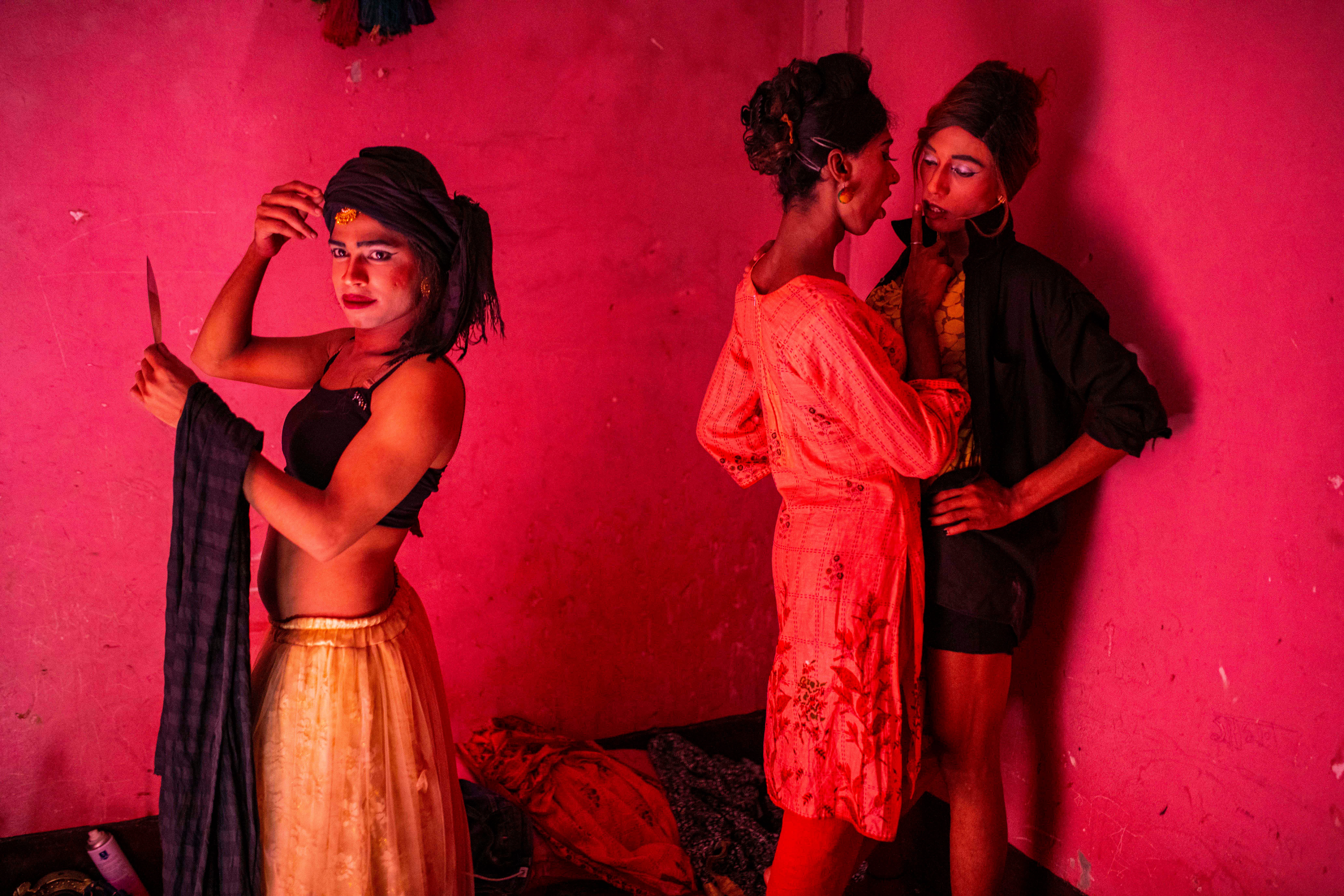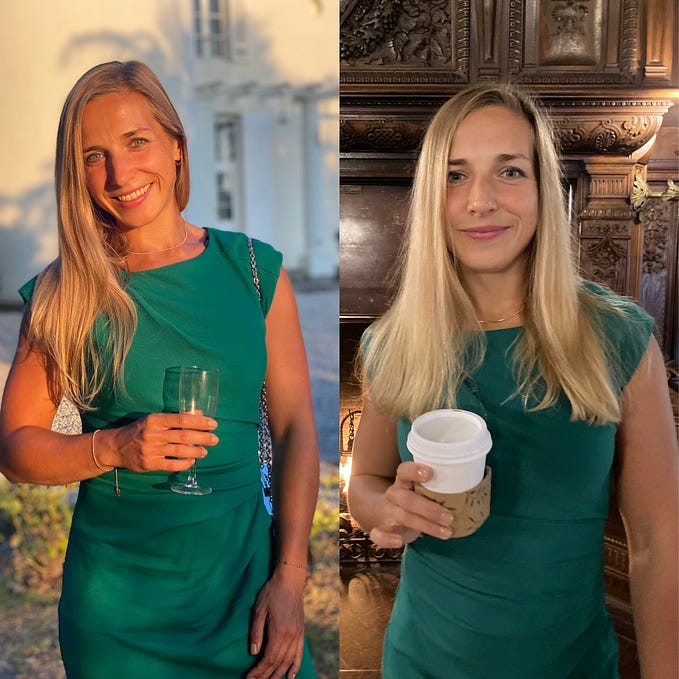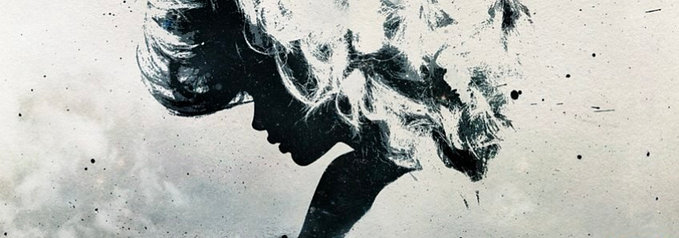“Woman in a Male Body”

Love is the most wonderful feeling in the world. Everyone deserves love in their life. But in a transgender life, they cannot get love from anyone, not from family, not from society, and not from any loved one. Throughout their lives, they seek love. That’s why Sabina said-
“I had a person whom I loved and he loved me too. But he didn’t give me respect and he left me because I am a Hijra. I don’t think it will have happened in the future because I am a Hijra.”
In Bangladesh transgender, people are looked down upon as though they are not human beings and are treated brutally only because they do not have the gender identity approved by the society or the government. Although the government of Bangladesh has recognized this transgender group of people as ‘third gender’ it is not implemented even in their national identity cards. The transgender is commonly known as ‘Hijra’ in Bangladesh. Hijra is also a common term for transgender in India, Pakistan.
The sexual identity of transgender is not associated with their birth. The studies show that mostly the Hijra was born as a male biologically. As they grow up they feel like a female. They like to behave like females and they also like to dress up and makeup like girls.



There is no accurate data about the number of Hijra lives in Bangladesh. According to the research on Hijra in Bangladesh, there are approximately 15,000 to .5 million Hijra lives in Bangladesh. They live in a different part of the country. Mostly they live in a slum with the Hijra Community. As nobody wants to give rent their house to a Hijra or if they can manage to get a house to live separately, they have to pay the higher rent from others.


The Life of Hijra is very difficult. Their struggle starts from the beginning of their life. Nobody wants a transgender baby to come into their life. If any family has a transgender in their family they have to give the child to the Hijra community either they want it or not. Hijra community sometimes buy the Hijra child from their parents and sometimes stole them as the parents are not wanted to give their child. They have two names. One of their parents gives them and another one gives by the Hijra community. In our society, nobody looks at Hijra in a normal manner. Some think they are bad luck, taunts them. Some think they have some spiritual power as they are deprived so Allah will grant their prayer faster than others. Some think their blessings may good for newlywed couples or newborns as they come and dance on occasions. But wherever they go they are not treated normally like other citizens.
Although the government of Bangladesh has recognized Hijra’s as the ‘third gender’, this recognition cannot ensure the social acceptance of these people. They cannot study in schools as the fellow students and even the teachers do not treat them well; they do not get good jobs because of the lack of education, even the jobs that do not require literacy are not offered to Hijra’s as the employers and other workers can not approve of their presence at the workplaces. They do not get medical facilities for the doctors and staffs are uncomfortable to serve them and sometimes maltreat them. The most pathetic fact is that they do not even have the option to live with their families. The parents, siblings, and other relatives are not comfortable disclosing their identity. So, they must either hide the fact about their sex and assimilate or to leave the family. Both are, undoubtedly, very hard options to choose from. After leaving home, they can live with the Hijra Community.
In every Hijra Community, there is a leader who is called “Guru” or “Maa”. Hijra Guru is scheduling their job or time. The Hijra guru is told them everything that they have to do in their regular life.
Transgender people are people whose gender identity is different from the gender they were thought to be at birth. “Trans” is often used as shorthand for transgender. When we’re born, a doctor usually says that we’re male or female based on what our bodies look like. Most people who were labeled male at birth turn out to identify as men, and most people who were labeled female at birth grow up to be women. But some people’s gender identity — their innate knowledge of who they are — is different from what was initially expected when they were born. Most of these people describe themselves as transgender.



All Hijra’s are seeking love from their childhood. Before they want love from a one she could love, they want the love of their family. Which they can’t get for their gender. The Bangladeshi society remains a conservative society where traditional values, religious values, relationship to the rest of the family, social circle, and social expectations form an individual. Therefore, the emancipation of individual traits is almost impossible. Additionally, concepts such as shame and honor play an important role in all contexts above and social obligations to protect the family’s honor also include gender performance. In other words, someone that is perceived by the masses as a traditional male should act in a manly manner to not humiliate the rest of the family. The stigma of being a Hijra in Bangladeshi society starts within the family constellation. It has been shown that the reason many Hijra’s seeks a life outside of the normative constellations, is to protect their families from further societal stigmatisation. This has proven to be more visible as siblings enter into the institution of marriage, where the one sibling who does not get married is then perceived as conspicuous. With this said, every culture has different expectations for individuals of different ages. The predominant norms present in the Bangladeshi society have more or less always forced the Hijra’s to give up their families, as discrimination and abuse are common factors in an adolescent Hijra’s life. In some instances, feminine males are often considered as creating societal problems starting from a damaged reputation of the family. That’s why they were deprived of the love of their family from a young age.



On the other hand, everyone needs a partner in his or her life, with whom they can share their feelings and love. I person who can care and respect for the entire life but most of them don’t get love. They get deprived of every person’s love. In their love relationship, there are two kinds of obstacles. One is the person who can love them and another one is society and culture. As we are Muslim we don’t accept the relationship between a man to man. If anyone falls in love with a transgender, his family will become a big boundary.
So, they seek love in their entire life. No one loves them even no one decently talks to them.



Historically, there has been a disconnect present between gay individuals and the Hijra community in Bangladesh, which is due to class, educational status, social standing, the language being used, and visibility. However, this disconnect has diminished recently, giving sexual minority communities a stronger foundation, which in turn creates more hope.
Due to the reasons mentioned above, the Hijra community has been the sexual minority group that has been more socially marginalised than any other group in Bangladesh. Recent research has shown that members of the mainstream Bangladeshi society have refused to develop any social relationship with someone included in the Hijra community. The Hijra has also long been excluded from accessing social institutions and social services, such as schooling, housing, and basic health care services. In addition to the social discrimination, members of the Hijra community are also facing daily accounts of domination, acts of violence, and abuse from other Bangladeshi citizens not accepting their existence. Gross human rights violations have often been reported by civil society movements lobbying for the rights of the Hijra community. Violations occur in the forms of abduction, arbitrary arrests, detention, beatings, and gang rape by law enforcement agencies and others. There have also been reports of molestation, both on physical and psychological levels, of people with non-heteronormative gender expressions and attributes. Left with very few options, many Hijra’s turn to occupation within prostitution and drugs. Mostly they found to collect money from roads, shops, and parks. They also earned money by blessing newborn babies.



As most of them cannot complete their education by family and social pressure, that’s why they can’t get decent jobs. On the other hand, those who get a job, always face discrimination at their workplace. They don’t get the respect that they deserved.
Maximum is got engaged in prostitution or drug business. They earned by dancing at parties. Some of them do these under pressure and some of them do these because they don’t have a way to survive.
In their life, there are lots of uncertainty. Every day they have to think about what will going to happen on another day. They can’t do jobs. They can’t do any work decently. Our society doesn’t accept them normally.
On the other hand, many of them enjoyed collecting money. Recently I heard the news that a man cut his penis and join the Hijra community to get an allowance. Many people are doing this. They willingly cut their penis and join the Hijra community for earning money. As if it’s becoming another earning source.
In the Hijra community, there are many kinds of people. Some are good and some are bad. Some come from a good family who doesn’t want to earn money by doing disrespectful sources. Some are doing their own business. Some communities are earning money by sewing, some are earning from the parlour, etc. But is true that earning from an honest and respectful source is not easy for the Hijra. They have to need a lot of dedication to earn money from a respectful source.



As we have seen, Hijra’s in Bangladesh are one of the most marginalised groups in society. Society, the religious community even their family don’t treat a Hijra like other people. The Hijra’s are always deprived of their human rights. Nothing is equal for them. They have to fight for everything even for their graveyard. They have had little visibility and merger representation of their rights advocacy on the media platforms.
Even though the discourse studied encompassed the start of 2005 until the end of 2014, the visibility of the Hijra rights movement has been scarce on the media platforms. Individual Hijra voices and agents working for their rights have been present, however, there has been little attention given to the agency and advocacy of the collective. This has not changed after the legislative change went into effect. The biggest change has instead been the presentation and discussion of an all-inclusive anti-discrimination law. The Hijra voices are then not singled out but are instead included in a
collective of voices of all minority groups. This could constitute progress for the Hijra rights movement within the public sphere, or it could mean that the Hijra situation becomes yet again invisible. There have been hopeful expressions that, because of the legislative change, the voice of the Hijra rights movement and the Hijra community will be heard. However, at the same time, the articles dealing with the Hijra situation started to progressively include other discriminatory structures in Bangladesh, whilst moving away from solely representing the Hijra situation.







